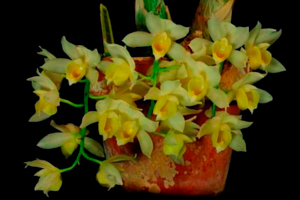Growing Orchids: February in St. Augustine
If you like what you see, feel free to leave a donation; just click on the Tip Jar. Thank you!Based on AOS monthly checklists by Robert Scully and Ned Nash & James Rose, adapted to St. Augustine by local growers
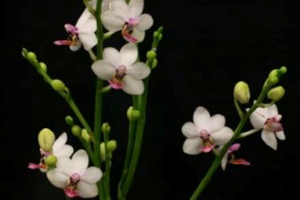
General Orchid Growing Tips
Spring is around the corner. Order your potting supplies early to make sure they are not sold out when it's time to repot. Observe plants (including companion plants like bromeliads) carefully for signs of disease and insects. Avoid having heated or air-conditioned drafts blowing directly on orchids. Don't bring you plants out too early. It is starting to warm but you can expect more orchid threatening cold fronts through March.
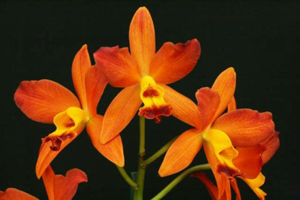
Cattleyas
Your cattleyas are starting to rouse, even though temperature and light conditions are not yet ideal for growth. Continue to use dilute water soluble fertilizer on your orchids at 1/4 to 1/8 strength. New green root tips are starting to emerge on the unifoliates, marking the beginning of the spring repotting season. Sometimes it is necessary to split open a sheath with a sterile blade to reduce pressure on the emerging buds or to allow accumulated condensation (possibly from fluctuating temperatures) to dissipate.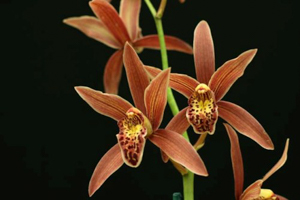
Cymbidiums
Stake cymbidium inflorescences that emerge from the mass of foliage on these winter-spring bloomers. Maintain temperatures at 50 to 60F to keep the flowers opening slowly. Dramatically higher temperatures and hot drafts cause bud drop.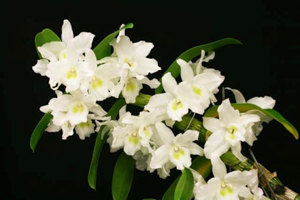
Dendrobiums
Watch for flower buds on dendrobiums like Den. lindleyi, Den. nobile hybrids, Den. superbum (syn. Den. anosmum) and other deciduous species and hybrids. These have longer flowering when exposed to cooler night temperatures as the blooms open and mature. Avoid dousing open flowers when watering. Give slightly more water to these plants (that have been kept reasonably dry prior to flowering) once they begin to bloom. Continue to protect evergreen-type dendrobiums from low temperatures that may cause leaf loss.
Oncidiums
Do not permit miltonias and odontoglossums to dry out because this is a critical time for flower-spike development. Stake the spikes. Continue to use a dilute water soluble fertilizer before the flowers begin to appear.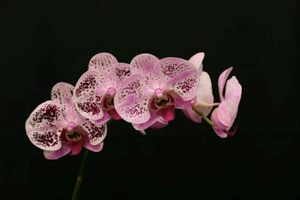
Phalaenopsis
Continue to use a dilute water soluble fertilizer on phalaenopsis. Be careful not to splatter the flowers or they will stain. Phalaenopsis exude a honey-like substance on the developing inflorescence that attracts scale insects. Watch for signs of any problem that can be spot treated before it becomes a major situation. Avoid spraying insecticides on blossoms.